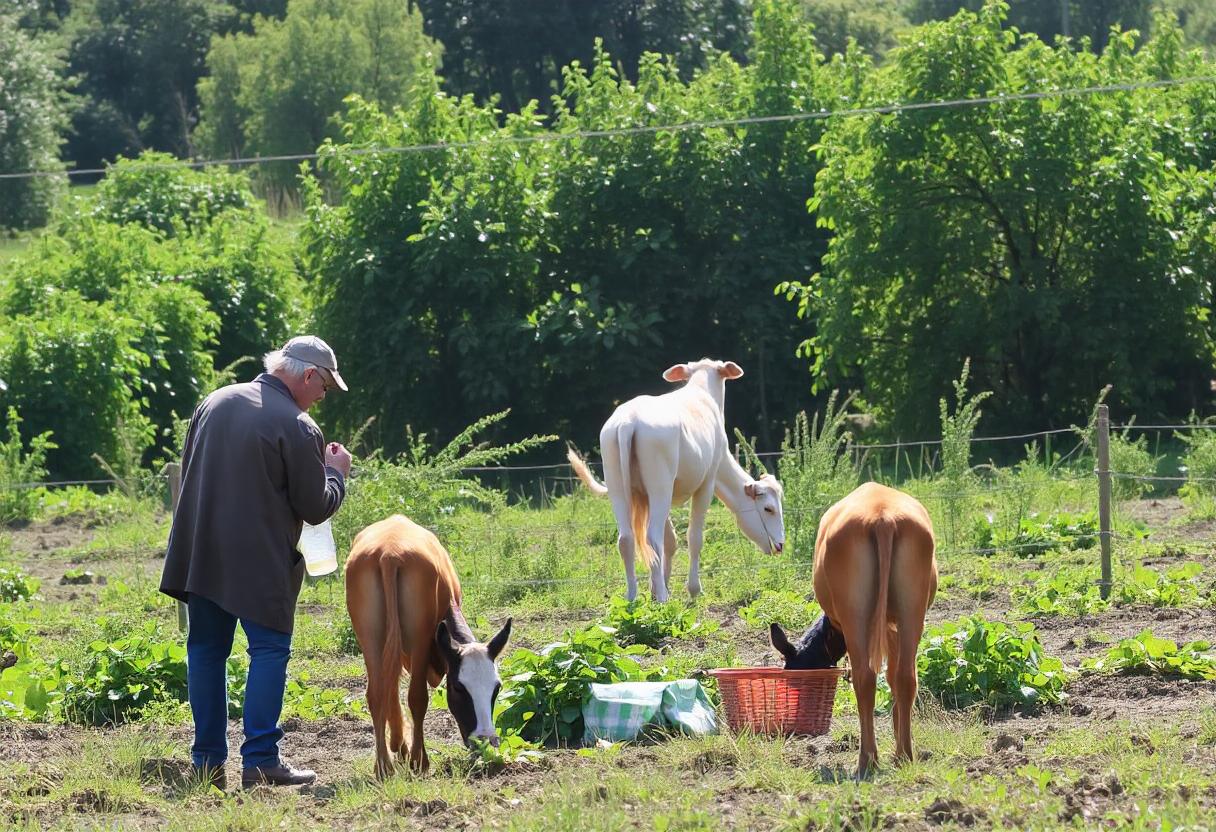
Agriculture vivrière, also known as subsistence agriculture, refers to the practice of farming primarily for personal consumption rather than for commercial purposes. It plays a crucial role in many developing countries, supporting livelihoods and providing food security to small communities.
Characteristics of Agriculture Vivrière
Agriculture vivrière is typically small-scale and family-based. Farmers usually cultivate a variety of crops to meet their household needs. The primary goal is not to generate profit but to sustain the family’s nutritional requirements. Surpluses, if any, are either sold in local markets or bartered.
The tools and techniques used in agriculture vivrière are often traditional and simple. Farmers rely heavily on manual labor and basic farming equipment, as opposed to mechanized farming methods seen in commercial agriculture. Crop diversity is essential, as it helps mitigate risks from crop failure or pest infestations.
Types of Crops in Agriculture Vivrière
The crops grown in agriculture vivrière vary depending on the region, climate, and cultural practices. However, common staples include cereals like maize, rice, wheat, and millet, along with legumes, vegetables, and root crops such as cassava, yams, and potatoes. The diversity of crops is a fundamental aspect of subsistence farming, allowing farmers to meet a wide range of nutritional needs for their families.
Some farmers also rear livestock such as chickens, goats, or cattle, which contribute to the household’s diet through meat, milk, and eggs, as well as providing manure for fertilizing crops.
Importance of Agriculture Vivrière
Agriculture vivrière is vital for food security, especially in rural areas of developing countries. It ensures that families have access to a stable food supply, reducing their dependence on volatile market prices. This form of farming also helps preserve biodiversity by encouraging the cultivation of a wide range of crop species.
In regions where industrial agriculture is less prevalent, agriculture vivrière supports traditional knowledge systems and farming practices. It also fosters resilience in farming communities, as small-scale farmers are often more adaptable to changing environmental conditions and market fluctuations.
Challenges Facing Agriculture Vivrière
While agriculture vivrière provides many benefits, it also faces several challenges. Limited access to modern technology, irrigation, and quality seeds often hampers productivity. Small-scale farmers may also lack access to credit and resources needed to improve their farming practices. Environmental factors, such as climate change, soil degradation, and deforestation, further exacerbate these issues.
Moreover, as populations grow, land pressure increases, making it difficult for subsistence farmers to maintain their traditional methods. In some areas, urbanization and industrial agriculture threaten to displace small-scale farming communities.
The Role of Women in Agriculture Vivrière
In many parts of the world, women play a significant role in agriculture vivrière. They are often responsible for planting, tending crops, and harvesting, as well as managing household food supplies. Despite their crucial contributions, women in agriculture face gender-based challenges such as unequal access to land ownership, financial resources, and education.
Efforts to Support Agriculture Vivrière
Various initiatives aim to improve the productivity and sustainability of agriculture vivrière. International organizations, governments, and non-profits work together to provide training, access to modern agricultural tools, and support for small-scale farmers. Programs focused on education and resource-sharing can help farmers adopt better practices while preserving the integrity of traditional farming methods.
Supporting agriculture vivrière is also seen as an essential part of achieving global food security. With the right resources, subsistence farmers can increase their yields, improve their quality of life, and contribute to sustainable agricultural systems.